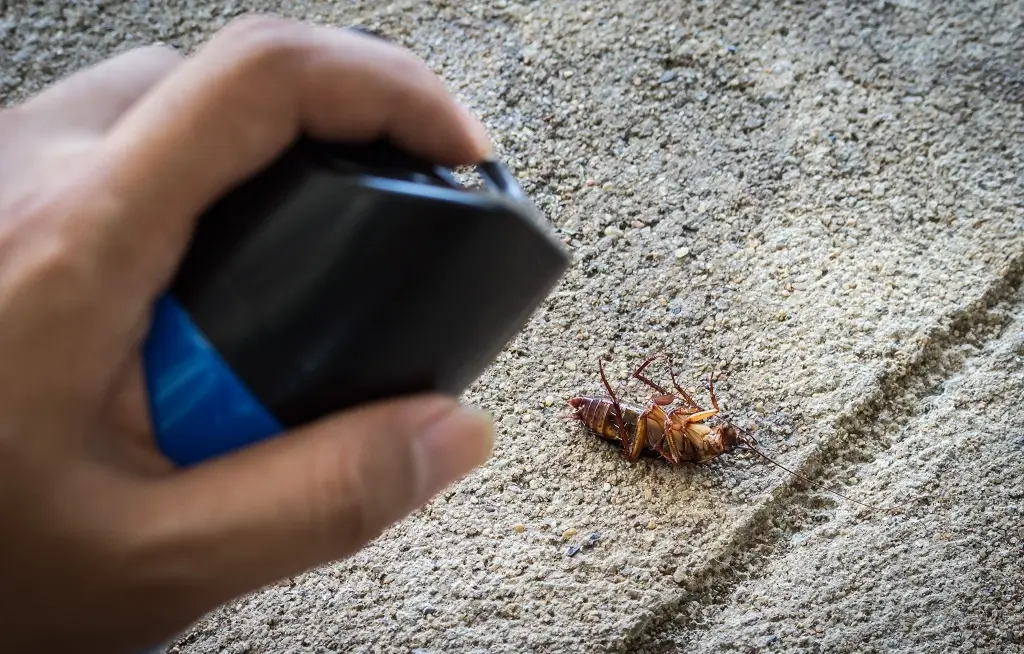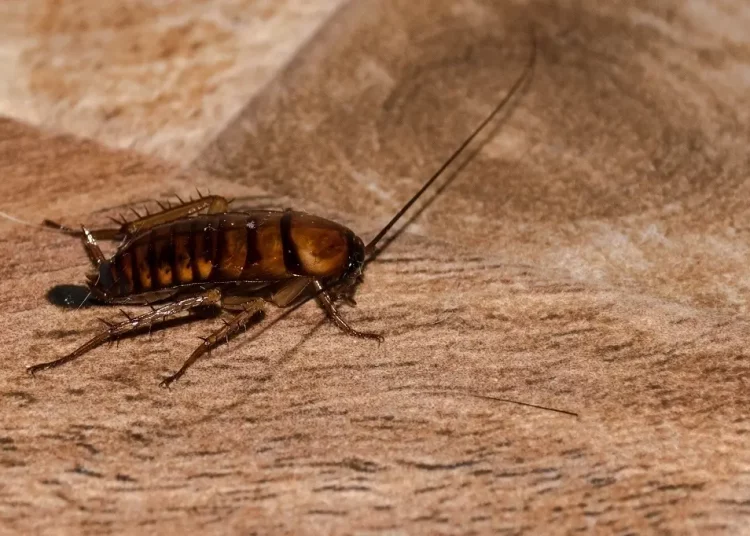Have you ever seen a baby cockroach? A lot of people often misidentify small cockroaches as ants or other small-sized bugs. Unfortunately, this can be dangerous because small cockroaches can be vectors of deadly pathogens. Although they look harmless, these small insects are dangerous.
Identifying juvenile or baby roaches is very important as it can help homeowners know if an infestation is going on in their house before it gets any worse. Keep in mind that these cockroaches will continue to look for food, spread disease, and grow until they can lay their own eggs.
What Is Their Appearance?
First, cockroaches come from eggs that female cockroaches drop before they hatch. The egg does not contain a single offspring but around 16 or more cockroaches, depending on the species. German roaches, for example, can hold as much as 60 baby roaches per egg.
The eggs are hatched as a result of the hatchlings inside it gasping for air and trying to expand themselves. These hatchlings have a bright white color as they emerge from the egg. These are known as nymphs, and they are very small in size. They will grow bigger and turn darker in a matter of hours.
During this stage, the cockroach can look like termites or ants. Their minute size and white color will also allow them to move around without being detected. During this stage, the cockroach can easily get inside pantries and containers with very small openings. At this stage, they can also contaminate food.
The baby cockroach will typically have no markings, unlike the adults. They also have soft bodies that will slowly harden over time. They will have small legs, a head, and a pair of antennas, just like the adult roaches. In four months, the baby cockroach will slowly grow and molt.
During molting, the cockroach will shed off its exterior, and a white-colored bug will emerge. Because of its slightly larger size and white appearance, the older nymphs can be mistaken for beetles and other harmless bugs. Upon closer inspection, they look like albino cockroaches.
Keep in mind that baby cockroaches will stay near the egg at first. It also does not have any wings, and it cannot fly. It will develop wings and go further to look for food as it matures. The nymphs will also try to hide, putting a premium on areas that offer moisture, food, and proper temperature.
Why You Should Know How To Identify Baby Cockroaches?

If a cockroach is present in your home, there is a huge chance that hundreds are hiding inside your house. And if you see one baby roach, then it is very likely that dozens of other baby cockroaches have also scattered themselves somewhere in your home.
Being able to identify baby cockroaches through their appearance is very important as it can help you know whether or not your home is having a coming cockroach infestation. Having juveniles around simply means that your house is a great breeding spot and that it is being turned into a nesting ground.
If you allow juvenile cockroaches to mature in your home, the last thing you will have to be afraid of is having one that will fly directly into your face. This is because these nymphs will focus on mating and laying more eggs. The next thing you know is that you will have to deal with hundreds in months.
Remember that much like adult roaches, the baby ones will carry viruses and bacteria that can cause diarrhea and dysentery. They can also cause severe illnesses such as typhoid fever, cholera, salmonella, and even leprosy.
But it gets worse when it comes to baby roaches. This is because they will have to shed their skin multiple times during their lifespan. This is called molting. The shells that they leave behind, as well as the waste that they produce, can actually aggravate existing respiratory conditions.
Frequently Asked Questions
How long is the lifespan of a cockroach?
The lifespan of a cockroach varies depending on the species. On average, a cockroach can live anywhere from several months to about a year. Factors such as environmental conditions, access to food, and threats from predators or extermination can affect their longevity.
Are baby cockroaches more active during the day or night?
Like their adult counterparts, baby cockroaches are primarily nocturnal. They are more active during the night when they come out to search for food. However, if you see baby roaches during the day, it might indicate a significant infestation, as they’re being forced out due to overcrowding.
Do baby cockroaches bite humans?
While cockroaches are not known to be aggressive, both baby and adult roaches have the capability to bite. It is rare for cockroaches to bite humans, but it can happen in cases of severe infestations where their food sources are limited.
How can I prevent baby cockroaches from entering my home?
Prevention is key when dealing with roaches. Seal any cracks or gaps in walls, floors, and around windows or doors. Keep food in airtight containers and clean up any spills promptly. Regularly take out the trash and avoid leaving dirty dishes out overnight. Additionally, reduce moisture by fixing leaky pipes and using dehumidifiers in damp areas.
Are there natural repellents effective against baby cockroaches?
Several natural repellents are believed to deter cockroaches, including diatomaceous earth, boric acid, and essential oils like peppermint or eucalyptus. However, while these might act as deterrents, they may not be as effective as commercial pesticides in eliminating an infestation. Always exercise caution and do your research before using any repellent, especially around children and pets.
Conclusion
In general, baby roaches look like smaller versions of adult cockroaches but with a bright white color. They can be easily mistaken for beetles or termites. They are very small, around 3 millimeters long, and do not have wings yet. They will continue to expand and darken in color over time.
The nymphs will continue to forage near the place they hatched, and they will continue to grow during molting. When it grows bigger, it will still look white when molting, and it can be mistaken for other types of insects, especially beetles, because it will lack the typical markings.
Be advised that hatchlings and nymphs are still very dangerous. They can carry diseases simply because they harbor bacteria and viruses. They can cause dysentery and diarrhea if you or your children eat the food items that are contaminated. They can also cause asthma and trigger allergies.
Getting rid of baby roaches is critical if you want to avoid a full-blown infestation. You need to understand that the small hatchlings can easily grow into mature ones within months. As soon as they mature, they can easily breed and lay as many as 400 hatchlings in their lifetime.
You can use baits to get rid of them, especially those that you cannot see in the open. I also recommend using aerosol cockroach insecticides to get rid of the baby roaches you see. You might also want to spray in the surrounding areas so you can eliminate the other hatchlings.




















